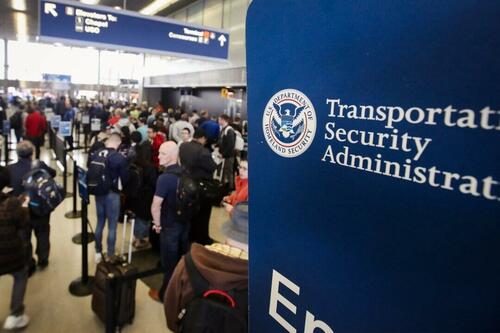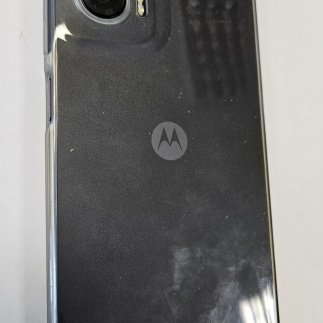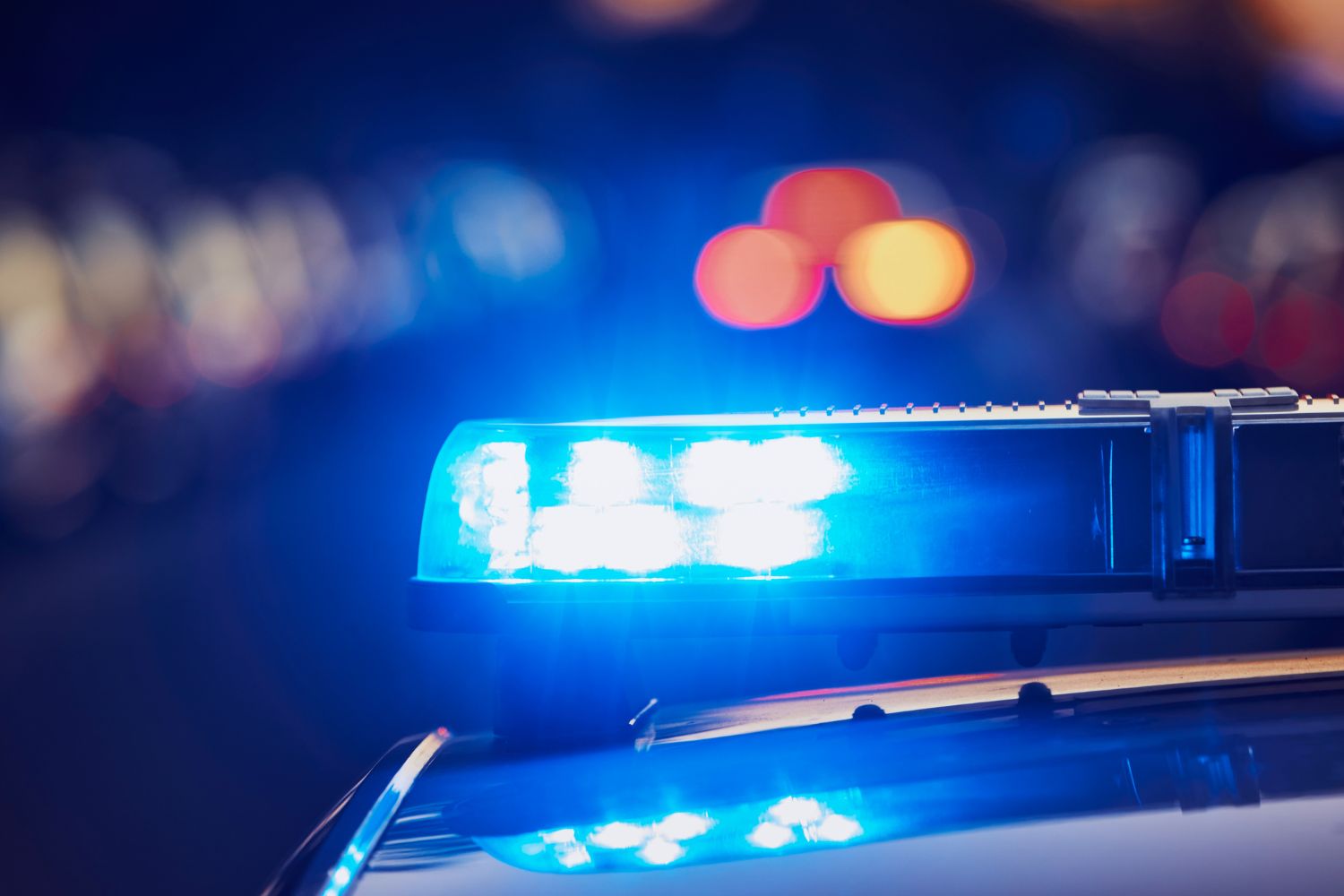
Passengers Will Soon Need Real ID To Board Domestic Flights, TSA Warns
Authored by Bill Pan via The Epoch Times,
In less than a month, Americans without a star on their driver’s license may face potential delays or even be turned away when trying to board domestic flights, federal officials said.

The Transportation Security Administration (TSA) on April 11 said it will begin enforcing the long-delayed REAL ID rules at airports nationwide on May 7. Once the rules are fully enforced, state-issued driver’s licenses and ID cards that do not meet the new standards will no longer get through the security checkpoints.
“The Real ID requirement bolsters safety by making fraudulent IDs harder to forge, thwarting criminals and terrorists,” said Adam Stahl, TSA’s acting administrator.
“TSA will implement REAL ID effectively and efficiently, continuing to ensure the safety and security of passengers while also working to minimize operational disruptions at airports.”
What Changes on May 7?
Starting that day, TSA will only accept licenses and ID cards that meet federal REAL ID standards, which include having applicants provide certain identifying information such as Social Security numbers and proof of lawful presence.
Travelers can still use documents that the TSA recognizes as acceptable alternatives to a Real ID. These include a passport or passport card, a permanent resident card, and an enhanced driver’s license issued by one of five states—Michigan, Minnesota, New York, Vermont, and Washington—as well as other federally approved forms of identification.
Children under 18 don’t need any identification to fly within the United States.
Travelers relying solely on a non-compliant driver’s license and without any approved alternative can expect to face delays, extra screening, and in the worst case, not being permitted into the security checkpoint, TSA warned in a statement issued April 11.
TSA did say it was planning to begin “phased enforcement“ on May 7, though it hasn’t shared many details about the plan. In a federal rule published on Jan. 14, the agency said it could take a “phased approach” in the first two years, with the ability to issue warnings to people without Real IDs to avoid “a serious risk of operational disruption, negative public impact, and potential security vulnerabilities.”
How to Get a REAL ID
According to TSA, some 81 percent of domestic travelers already use a Real ID or an approved alternative. A state-issued, REAL ID-compliant license can be identified by a star marking in one of its upper corners.
Otherwise, travelers may check with their state’s motor vehicle agency to apply for a Real ID. According to the Department of Homeland Security (DHS), an applicant may need to at least verify his or her full legal name, date of birth, Social Security number, and lawful status, as well as provide two forms of proof of address.
While these are the minimum federal requirements, some states may require additional information. DHS recommends checking with local authorities for the most accurate instructions.
Why Is This Happening?
In 2005, Congress passed the REAL ID Act in the aftermath of the Sept. 11, 2001, terrorist attacks. It established minimum security standards for state-issued driver’s licenses and ID cards to make sure that people presenting them are who they claim to be.
Implementation has been slow. It wasn’t until 2020 that all 50 U.S. states met compliance standards for issuing REAL IDs.
The enforcement deadline has since been postponed multiple times, most recently due to disruptions caused by the COVID-19 pandemic. Originally scheduled for Oct. 1, 2021, the deadline was extended to May 3, 2023, and again to May 7, 2025, to give states and residents more time to prepare.
In addition to airports, Real IDs are needed to enter certain federal facilities and nuclear power plants, according to the DHS.
Tyler Durden
Mon, 04/14/2025 – 12:05















